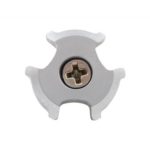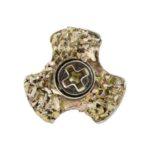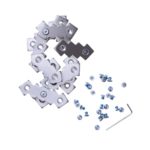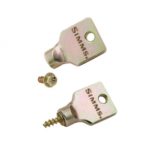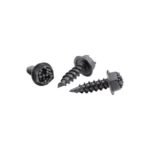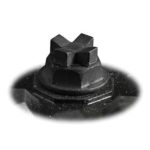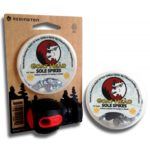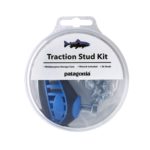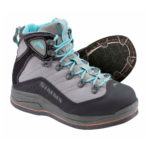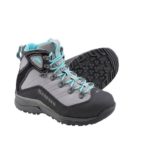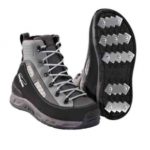This weeks tip is brought to you by Heather Hodson, founder of United Women on the Fly.
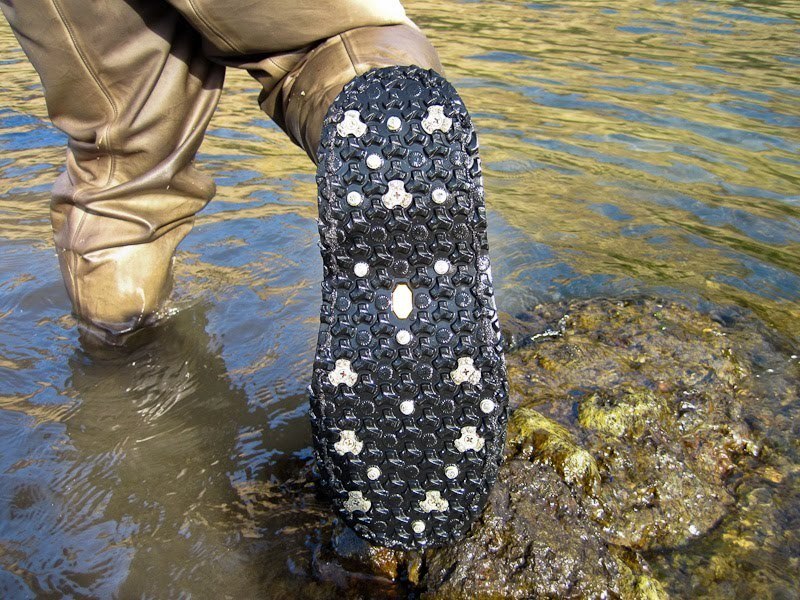
The type of rock that you are wading through dictates the type of studs you choose to put into your rubber or felt soled wading boots. Putting a combination of studs and cleats composed of different materials will give you the best amount of traction.
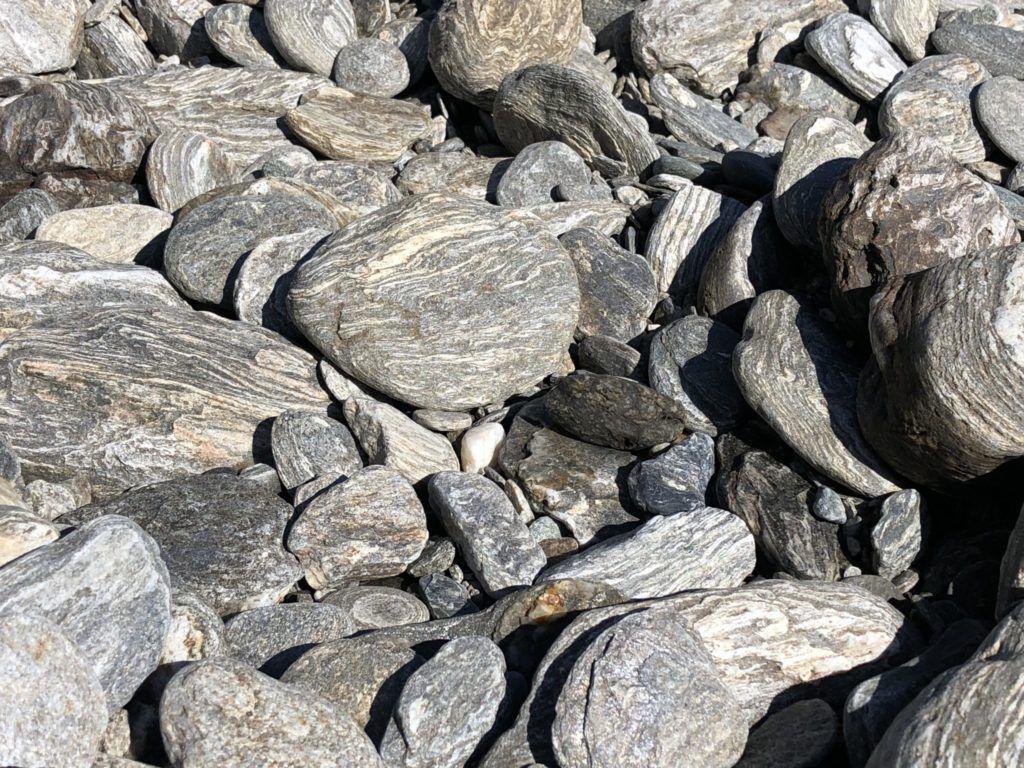
Let’s start with “soft rocks” and “hard rocks”. In simple terms, hard rock scratches glass and steel, soft rock does not scratch steel but will scratch fingernails.
Hard and Soft Rock Examples:
- Soft Rocks
- Limestone, Sandstone, Shale, Coal, Slate and Silstone
- Hard Rocks
- Marble, Granite, Basalt, Quartzite
Type of Studs and Cleats
- Simms HardBite Boot Studs– Best with soft rocks. Traditional screw-type studs with bits of carbide on the head.
- Patagonia Aluminum Bars – Best with hard rocks. Aluminum is softer than carbide and conforms to micro surfaces of rocks producing excellent grip. Less than idea with a sheet ice, slate or shale.
- Simms HardBite Star Cleats– Best with soft rocks. Bigger carbide cleats with more surface area, shaped to fit between the lugs on your StreadTread boots.
- Simms AlumiBite Cleats– Best with hard rocks. Aluminum star shaped cleats covering more surface area for maximum grip.
- Patagonia Steel Studs – Best for soft rocks. Each stud has a six-head bite tip with locking teeth for supplemental
- Orvis Posigrip Screw in Studs – Best for soft rocks. Sharp tip allows for quick and easy installation into felt or rubber outsoles.
Summary –
Aluminum Cleats are best for hard rocks and hardbite and steel materials are best for soft rocks. If you do a combination of both then your traction will greatly improve.


